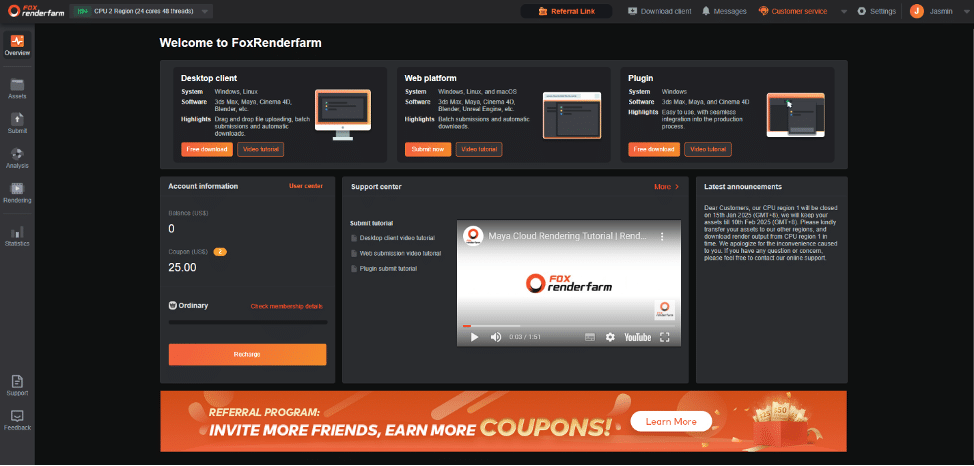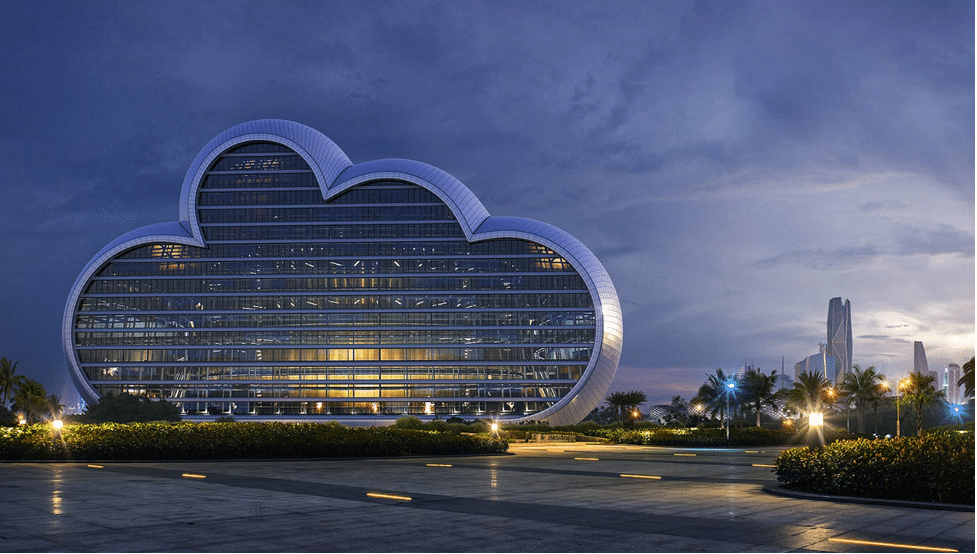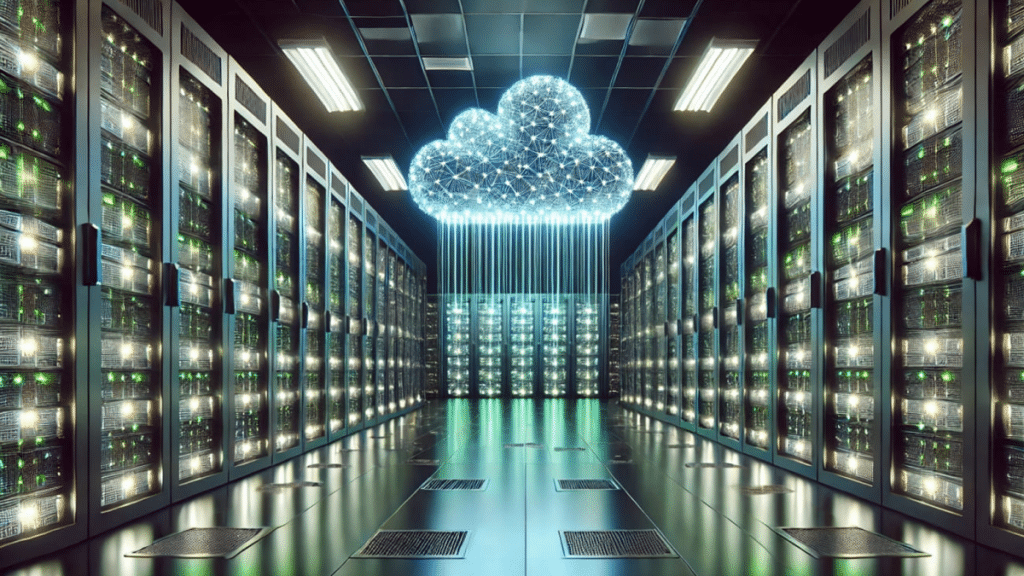Imagine you are working on a high-end 3D animation project containing stunning scenes, hyper-realistic texture, and intricate stimulations. The deadline is around, but your workstation is struggling with rendering, and you can do nothing but wait.
This is where cloud render farm services come in and with thousands of high-performance GPUs and CPUs, it processes the entire project in minutes. Read this post if you are curious to know more about cloud rendering and industries that are benefiting from it.
Part 1. What is a Cloud Render Farm?
It’s a process of calculating 3D animations/images on a render farm that is faster than local computing machines. In this regard, projects of any scale are uploaded to the cloud and rendered remotely without worrying about hardware limitations and financial burdens. Moreover, due to thousands of render nodes in cloud rendering, the processing speed will be higher than ever while you can use your PC for other tasks.
Part 2. Why Use Cloud-Based Rendering?
In 3D animation, gaming, and VFX, rendering has been the most resource-intensive task that local machines struggle to perform. Thus, here is a breakdown of the advantages of cloud-based rendering and the drawbacks of local rendering for your concept clarification:
- Massive Processing Power: Modern 3D rendering includes complex simulations, ray tracing, and high-resolution texture, which local machines couldn’t process with limited CPUs and GPUs. On the contrary, cloud render provides thousands of high-performance CPUs and GPUs, which complete rendering in no time.
- No Hardware Failure Risk: Long rendering on local systems could lead to overheating, corrupted files, system crashes, and a downgraded battery. However, using cloud rendering, you don’t have to worry about your hardware since all rendering is done on powerful data centers with zero downtime.
- On-Demand Scalability: When dealing with larger projects, local setups require you to make expensive hardware upgrades, occupy multiple machines, or get additional space. Conversely, cloud rendering lets you increase computing power based on your project needs and tight deadlines. It also allows you to downgrade to reduce costs when working on smaller projects.
- Seamless Collaboration: For teams working remotely from different locations, in-house rendering means delays and inefficiencies in projects. In contrast, online rendering allows studios with international teams to collaborate on projects and access final renders from anywhere by just using account credentials.
Part 3. Which Cloud Render Farm is the Best Today?
With the increasing need and benefits of cloud rendering services, several options have been introduced in the market. However, the leading one is Fox Renderfarm, which has Hollywood-level production experience. Using Raysync’s high speed transmission, it allows users to upload and download their project quickly. Besides, as the most popular Blender render farm, it also supports a wide range of industry-standard 3D design software and plugins, including 3ds Max, Cinema 4D, RenderMan, V-Ray, and Maya.

Whether you are using a Mac, Windows, or Linux system, this service can run smoothly with 99.9% uptime. In terms of security, it is ISO27001 certified and a TPN-accredited vendor, which even provides a non-disclosure agreement to ensure the privacy of your projects by all means.
Part 4. Industries that Benefit from Cloud Rendering
Cloud 3D rendering is transforming many industries by accelerating rendering times and budget-friendliness. To increase your insights, below are the key industries utilizing this service and striving towards success:
- Gaming: Through cloud rendering, game developers are rendering realistic visuals and ray-tracing to save time that can be spent on other crucial tasks. Additionally, cloud gaming platforms such as NVIDIA GeForce Now and Xbox prefer cloud-rendered content to provide high performance over low-end devices.
- Film & Animation: The film industry is revolutionizing and massively releasing the science fiction genre equipped with stunning 3D visuals and effects that feel natural. In this regard, they use render farm software as it avoids expensive hardware, enables scaling of rendering powers, and streamlines remote teams’ workflow.
- Advertisements: Like movies, commercial agencies are using 3D animations and VFX in advertisements to grab the maximum number of customers. To enhance visuals, they rely on render farm services and bring personalized marketing campaigns with immersive 3D elements, but without spending much.
- Architecture: Visualization of concept before building is the backbone of architecture and real-estate industries these days. Thus, they consider cloud rendering for photorealistic visualizations of interiors since it facilitates quick redesigning and modifications.

- E-Commerce: To create 3D product images, businesses are relying on rendering services that let them launch new products quickly and market them worldwide. In this way, customers are getting product visuals with variations and making quick purchase decisions, making the shopping experience more interactive than ever.
Conclusion
Wrapping up the discussion, rendering 3D animations is not only time-consuming on local machines but also causes system crashes. Thus, cloud rendering has become the need of the era by reducing rendering time, budget-friendliness, and remote collaboration options. Ultimately, you are advised to use Fox Renderfarm and benefit from its multi-OS support, immediate rendering, and massive SSD storage to craft Hollywood-level projects.
